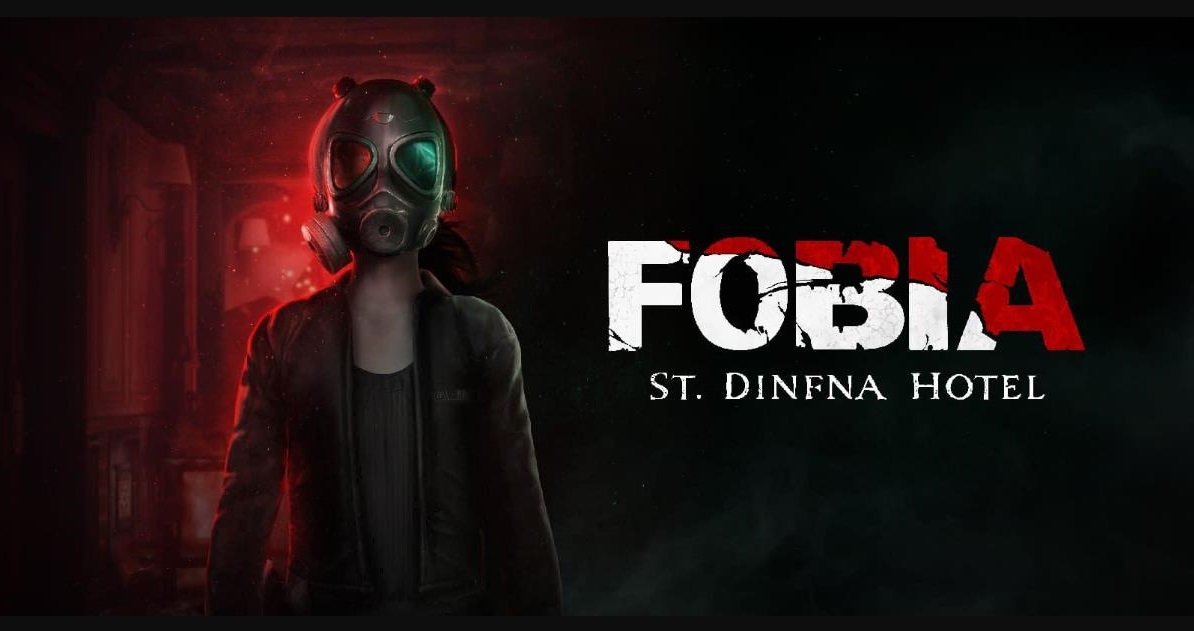
During our FOBIA: St. Dinfna Hotel review, it was hard to not think about Resident Evil 7: biohazard. There is no mistaking the influences that shaped Pulsatrix Studios’ survival-horror opus. Sometimes, the similarities were a lot to take in all at once.
The UI design has the same layout as the one in Resident Evil 7 and has a strikingly similar inventory screen. Typesetting of the fonts and even the enemy designs in FOBIA: St. Dinfna Hotel have a gnarled corpse like quality that makes them seem like an alternative to the mold.
There is a stalker enemy, a creepy little girl, and numerous little touches that were unabashedly inspired from Capcom’s latest hit. Despite FOBIA: St. Dinfna Hotel being a Brazilian copy of a modern day classic, the developers managed to still put their own take on the genre. How does this game be more than the sum of its parts? Find out in the FOBIA: St. Dinfna Hotel review!
FOBIA: St. Dinfna Hotel
Developer: Pulsatrix Studios
Publisher: Maximum Games
Platforms: Microsoft Windows, Xbox One, Xbox Series X|S, PlayStation 4, PlayStation 5 (reviewed)
Release Date: June 28, 2022
Players: 1
Price: $29.99 USD

Roberto is a journalist who is investigating a series of disappearances with connections to a cult. The trail leads him to Santa Catarina; where he stays at St. Dinfna Hotel and before long, Roberto finds himself having a bad time. Between the space time distortions, the hapless hero also finds that he has stayed at this hotel much longer than he realized.
The main hook of FOBIA: St. Dinfna Hotel that makes it more than a Resident Evil 7 clone is Roberto’s camera that can see into the past and things to come. Holding it up is sort of how it works in Outlast or its sequel; a grainy night vision filter is applied, but also is a glimpse into another time.
Looking through this lens alters level design. What may appear to be just a wall or closed door in one era, may be completely passable in the other. This draws players deeper into the setting and inspires them to look at everything with and without the camera.
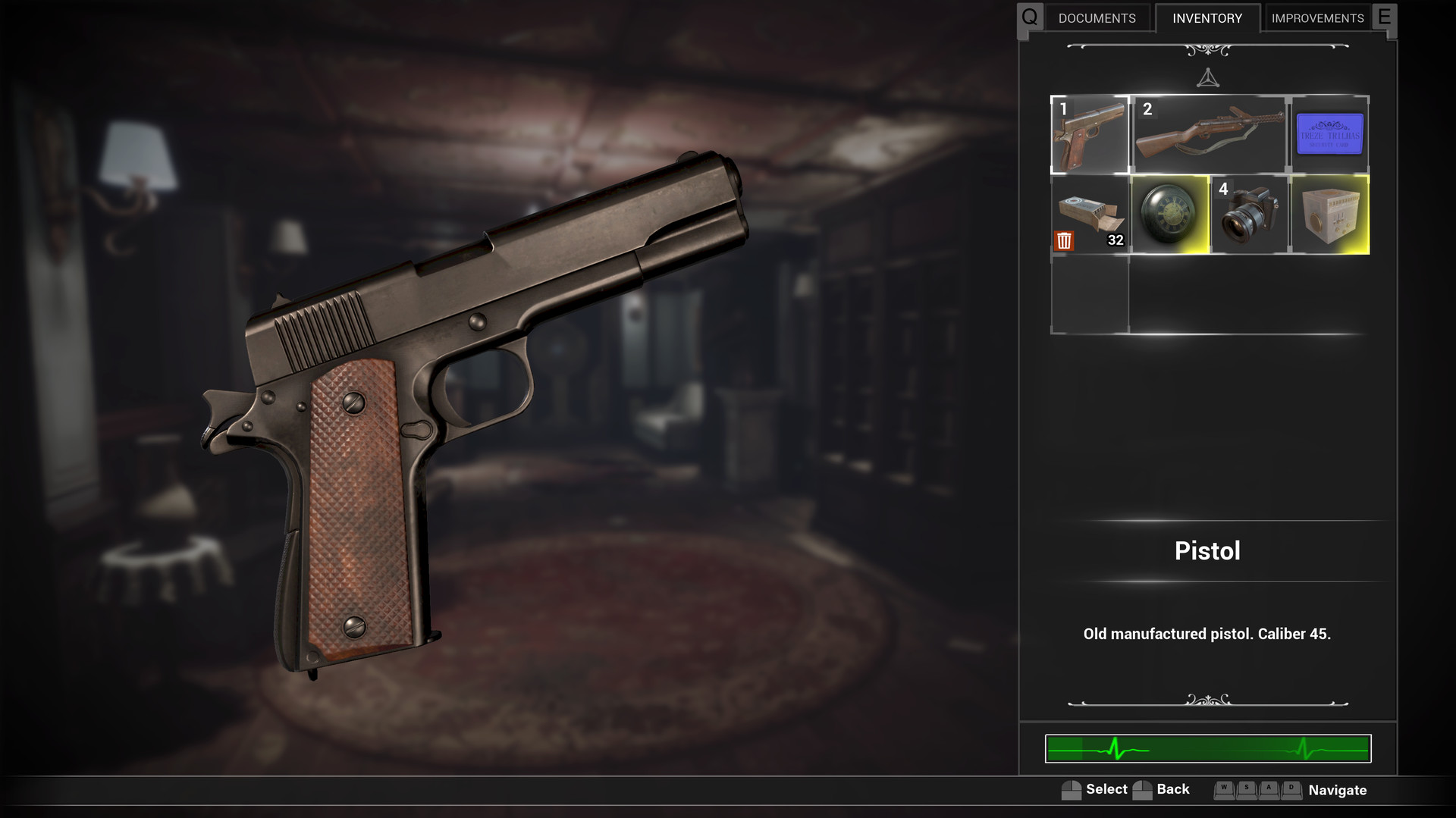
The attention to detail is also staggering. Looking into the past also changes the objects and furniture to be period appropriate. Most importantly, the camera reveals crucial information that will be used to solve many puzzles and most of the time, FOBIA: St. Dinfna Hotel won’t make it obvious.
There is a much bigger emphasis on puzzle solving in FOBIA: St. Dinfna Hotel than most survival-horror games; especially for one that has combat in it. Like in most adventure games, expect to search around for hidden objects or keys and sometimes having to inspect the item for hints.
This is classic survival-horror gamesplay firing on all cylinders and FOBIA: St. Dinfna Hotel rarely lets up with its mysteries and key-items. Compounded with having to figure out what the significance of these esoteric objects, players will also have to figure out codes by deciphering clues in plain sight or in notes.
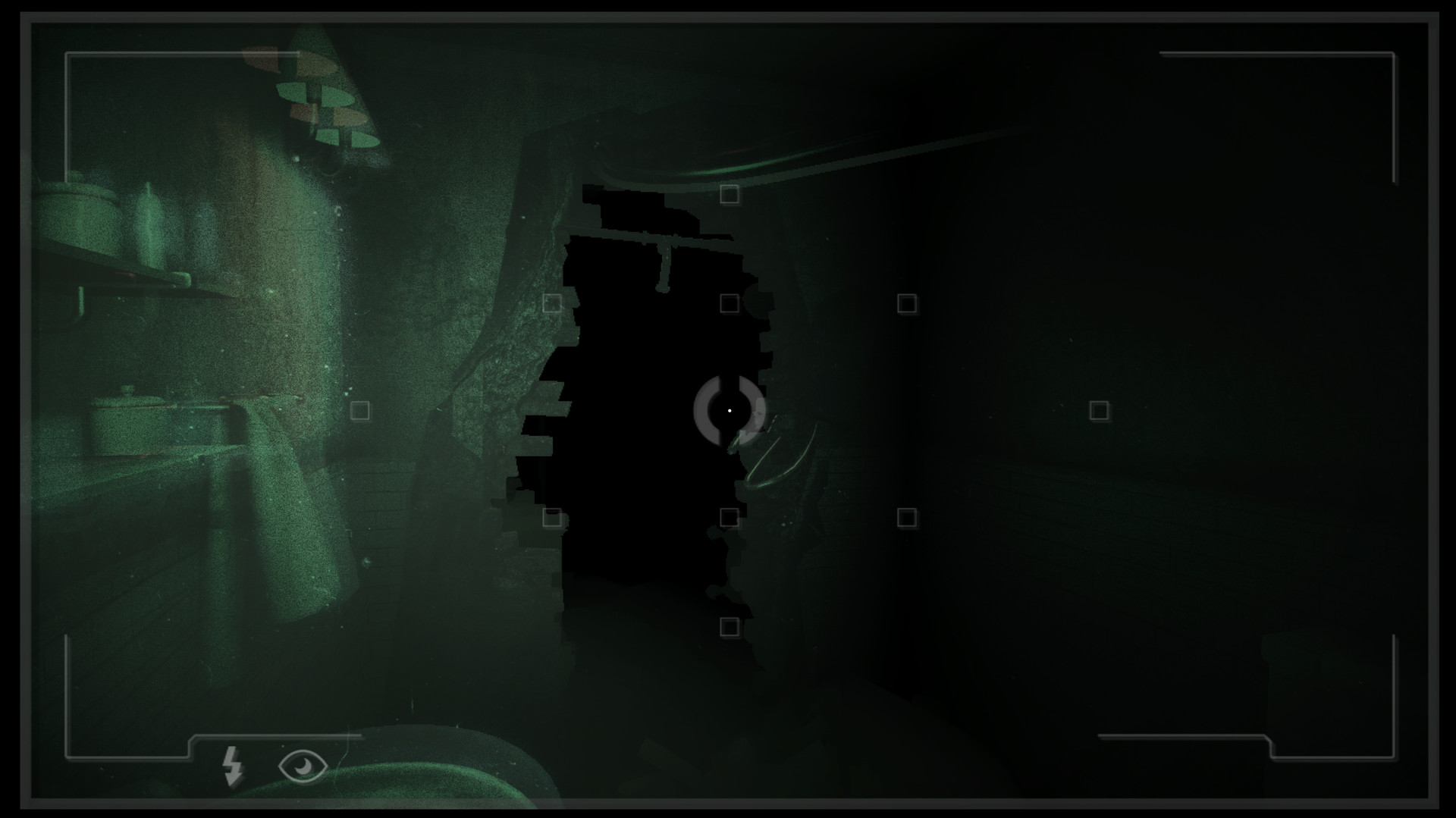
The hotel is large and feels like it is to scale and thanks to the careful design of the debris and environmental destruction, it becomes easy to make a mental map of the area. Thought was given to real hotel amenities like bathrooms, kitchens and even employee only areas to help make the setting believable.
The developers did a good job disguising the low budget of their project using limited assets as a strength. There are never any moments when something look out of place or felt like the artists had to cut corners. At times, FOBIA: St. Dinfna Hotel almost looks like a AAA game.

FOBIA: St. Dinfna Hotel may have taken its Resident Evil 7 inspiration too far when it also copied its utter lack of enemy variety. For the most part there are very few basic enemy types and none of them are particularly threatening or have scary designs. The bugs are probably the most dull threat and also are the most annoying.
Any gamer who has experience playing any horror game will find FOBIA: St. Dinfna Hotel to be pretty breezy with the ammo balancing. Only extremely wasteful players and anyone who feels compelled to heal immediately after getting slugged by a shambling skinless man might find themselves struggling with resources, but even then; evasion is easy.
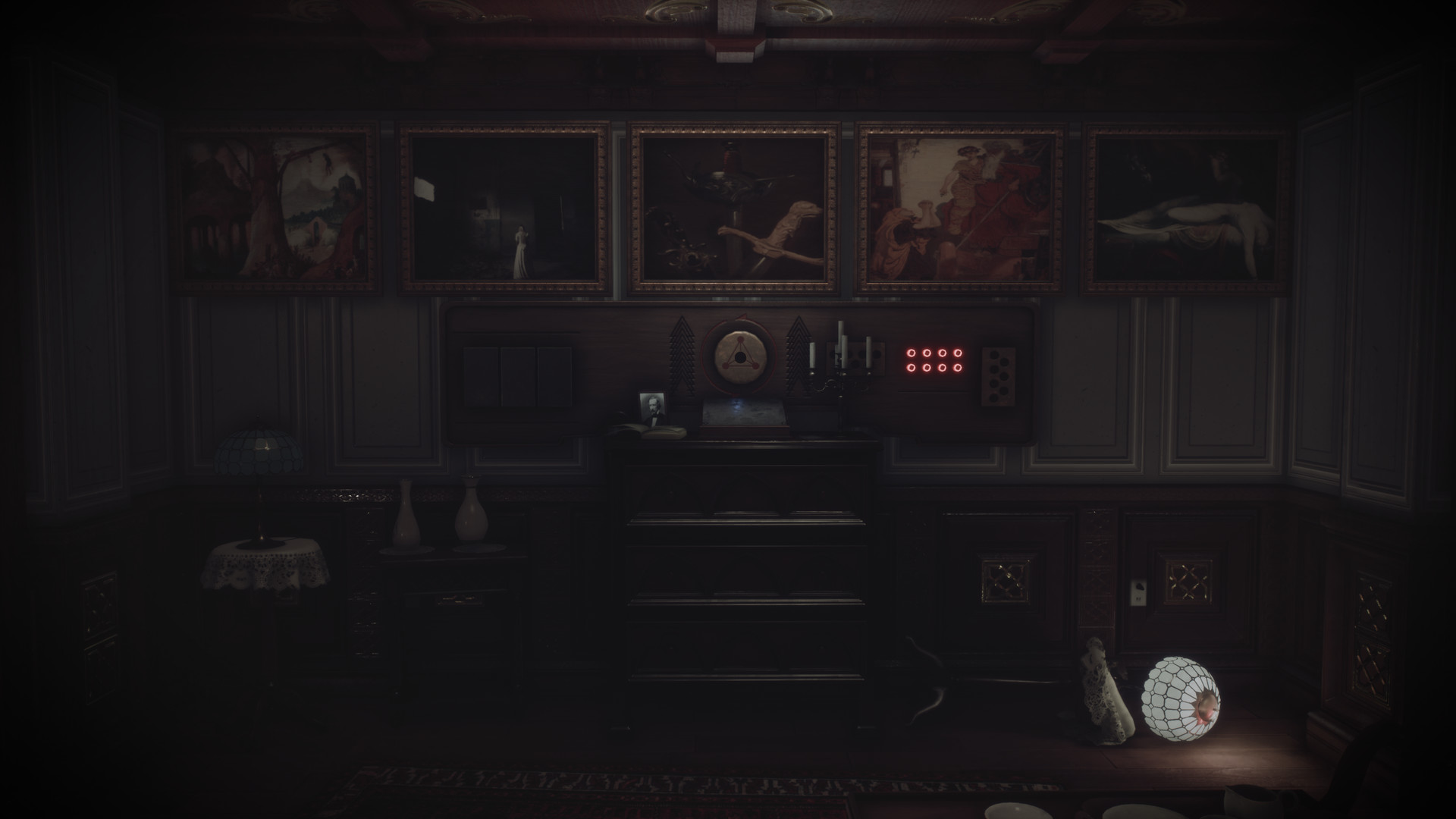
The most challenging aspect of FOBIA: St. Dinfna Hotel are its puzzles. Usually, there will be many points of interest open at any given time and players may inundated with clues and no clear idea where to go and what to do.
This is a game that does not hold the player’s hand and leaves them to figure out how to progress; a true hardcore adventurer’s experience. Hitting a wall is likely to happen a few times during your stay at St. Dinfna, but the solutions are never leaps of logic. So long as players take their time, the pieces begin to fall into place.
What was a picture of nonsensical symbols one minute will make complete sense an hour later. The feeling of satisfaction that washes over you like an awesome wave is palpable when progress is made; only for it to be followed by a cold sweat when Roberto has to make a bee-line to the last save point to avoid a blood-thirsty homunculi.
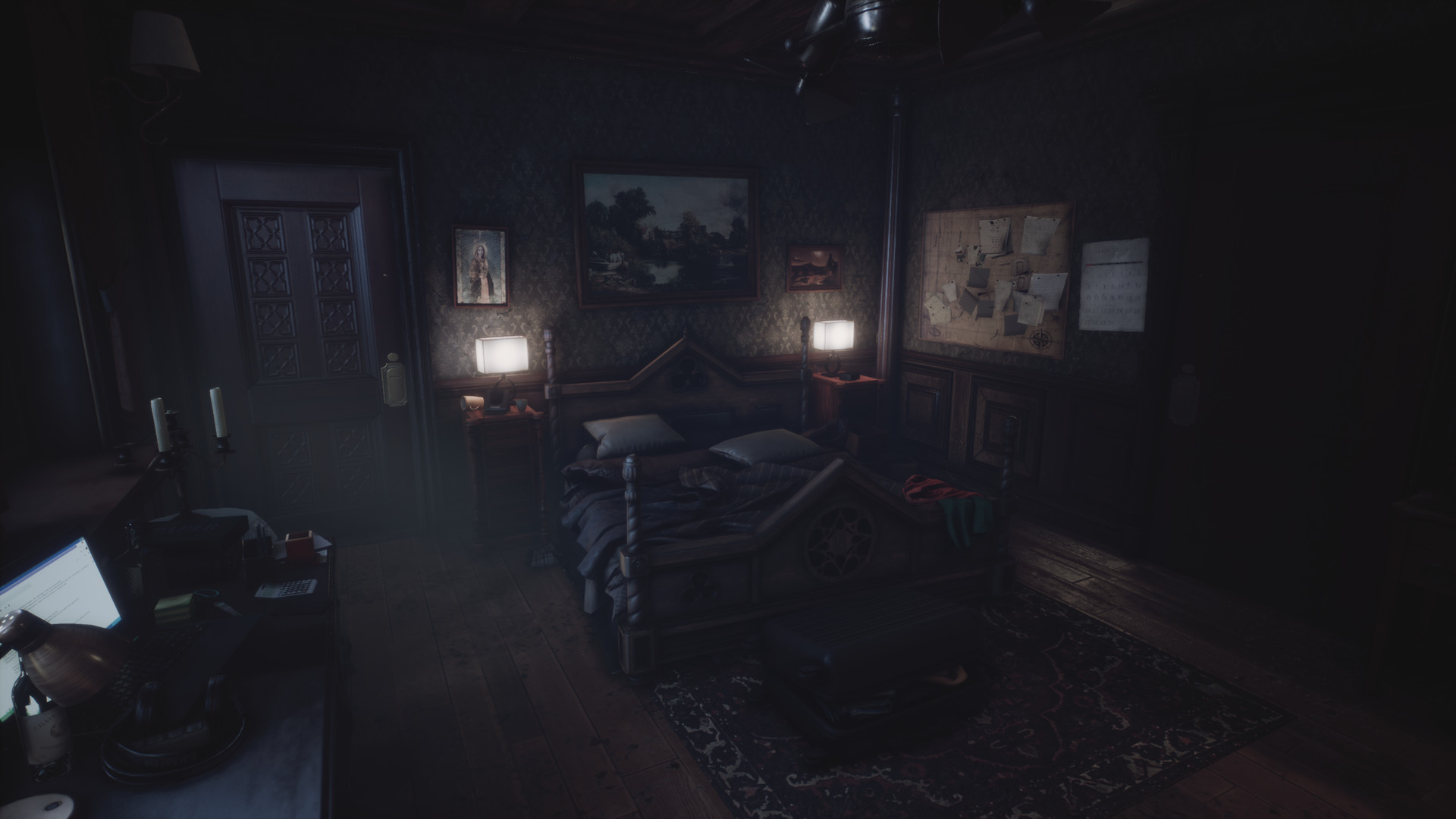
After a while, the sheer density of the puzzles can wear down the experience. Not only do some doors need specified color coded key cards, but they also have their own code required to open the door. Moments like this not only add to the confusion of a huge pile of clues to work with, but also pad out the game’s length.
It is impressive how much was stuffed into FOBIA: St. Dinfna Hotel. Regretfully, it is to the game’s detriment. At a certain point, a nagging feeling of “what’s the point?” will begin to itch. This becomes especially egregious since not all puzzles are mandatory to complete the game and some are optional for extra weapons or resources.
There is no way to know which ones are required until they’re done. At worst, it can feel like the developer is mocking the player by having them search for a key-item which in turn only leads them to another key-item or clue.
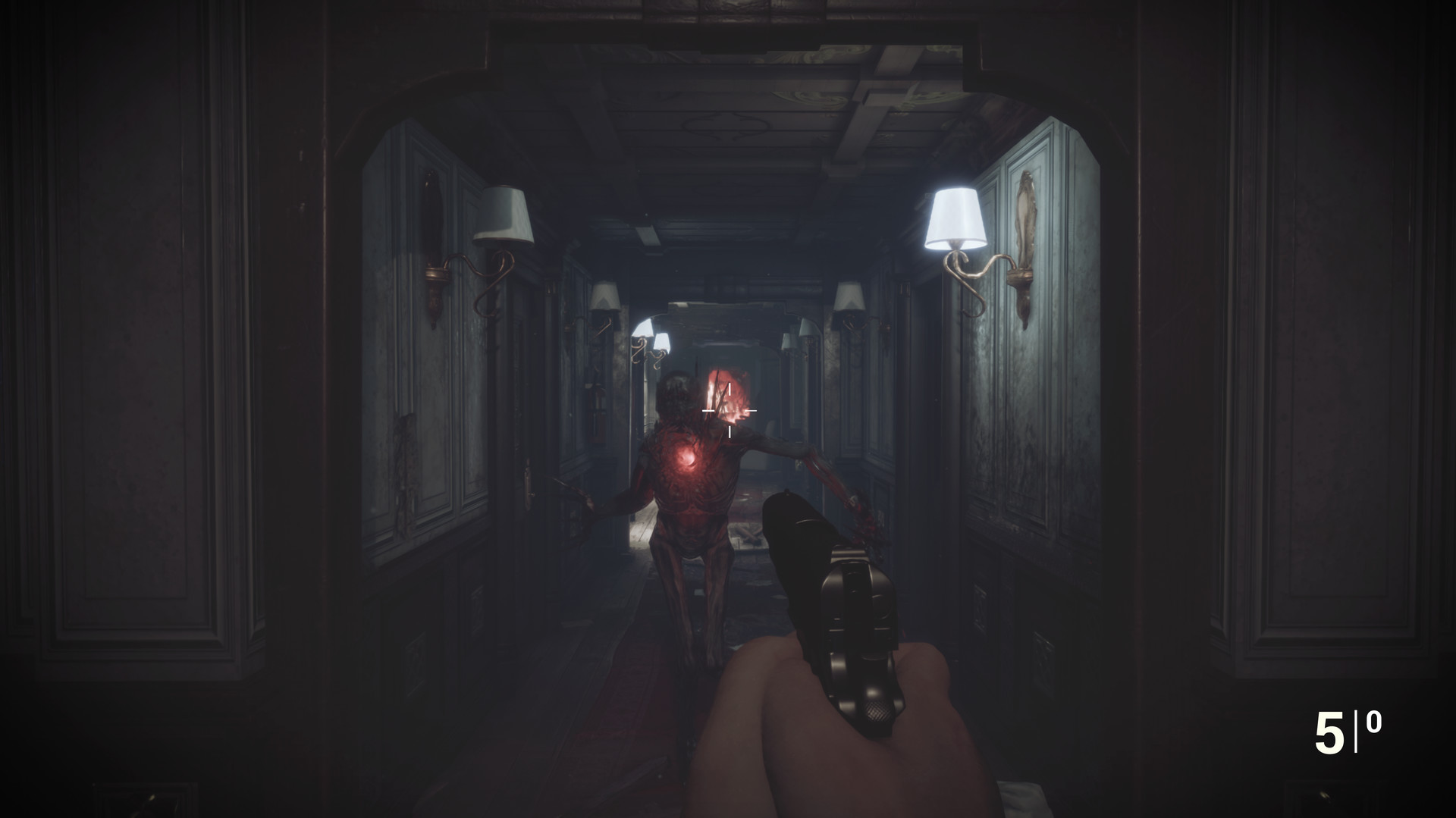
Like a good survival-horror, FOBIA: St. Dinfna Hotel has a lot of replay value and new game plus mode. On replays, the higher volume of puzzles are less of an issue since some can be skipped as players are more familiar with the hotel. Moving through the scenario becomes so much more fluent and the game shines brighter.
FOBIA: St. Dinfna Hotel can be best described as a very competent and enjoyable alternative for gamers who enjoyed Resident Evil 7 or Village. It is certainly not perfect, but has nothing broken about it either. Its story is told effectively and has some genuine scares that will make your blood run cold. Classic horror fans will definitely appreciate what FOBIA: St. Dinfna Hotel offers.
FOBIA: St. Dinfna Hotel Initiative was reviewed on PlayStation 5 using a copy provided by Maximum Games. You can find additional information about Niche Gamer’s review/ethics policy here. Fobia – St. Dinfna Hotel is now available for Windows PC (via Steam), PlayStation 4, PlayStation 5 Xbox One and Xbox Series X|S.